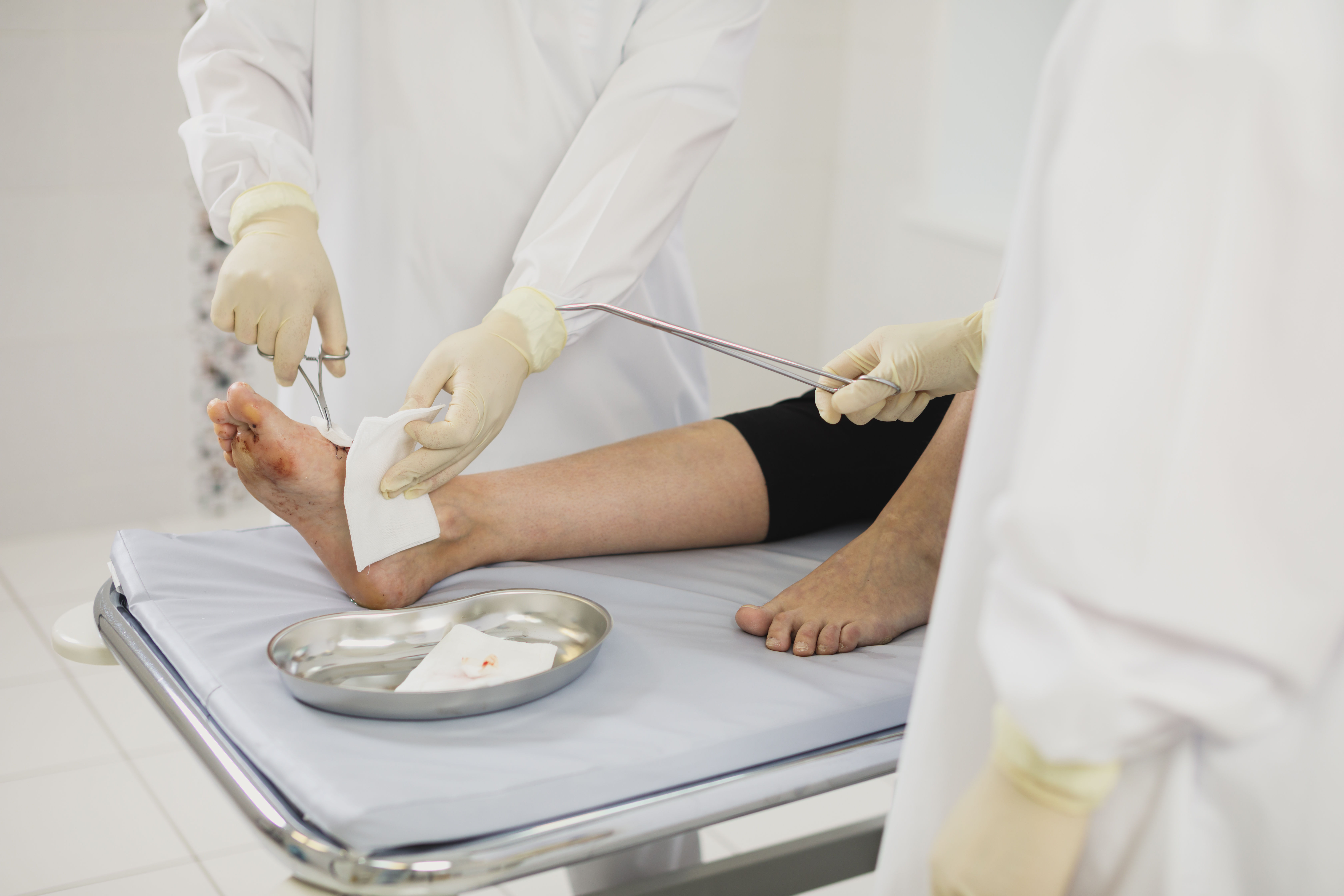DIAGNOSIS
To diagnose a skin infection, your doctor will:
- Conduct a physical exam. In this exam, your doctor will examine your skin closely if there is a sign of skin.
- Gather a sample for testing. Usually, doctors identify skin infections by examining a tissue sample or nasal secretions for signs of bacteria.
TREATMENT
Incisions must be kept clean and dry. Proper care of incisions promotes healing, lessens scarring, and reduces the danger of infections. Follow your doctor’s instructions for incision care very carefully. Some general tips about caring for incisions include:
The incision must be kept clean and dry. The right care of incisions stimulates healing, minimizes scarring, and lessens the risk of infection. Follow your doctor’s instructions about incision care cautiously. There are some generals tips on how to take care of your incision that include:
- Make sure that you clean your hands before and after touching your incision
- Every day, regularly check your incisions for signs of infection
- If the incision starts bleeding, get a clean tissue or towel and cover the bleeding area. For at least 5 minutes, apply constant pressure to the incision. If bleeding stops, remove the used dressing, and start cleaning and putting some new dressing. If bleeding does not stop, continue to apply pressure to the incisions and immediately take the patient to the nearest hospital.
- Clothing. Wear loose clothes and avoid wearing tight clothes that can touch the incision, as it may irritate the incision.
- Itching. In the incision, you may feel itchiness, and it is typical in the healing process. But if the itchiness gets worse, you should see a doctor because it may be a sign of infection or the stitches may be tightening up.
- Staples and Stitches. You may wash or shower 24 hours after surgery unless you are instructed by your doctors. To clean the area, use mild soap and water and carefully pat dry with a clean cloth. Your staples will be removed when the wound is completely healed. Some stitches dissolve over time; others may need to be removed by your doctor. Dissolvable stitches often are held in place by strips of tape.
- Strips. Cleanse the area with mild soap and water and gently pat dry with a clean towel or cloth. You may wash or shower with steri-stripes in place. Remember not to pull, tug or rub the Within two weeks, the strips will fall off on their own. You can carefully remove any strips that are left in the area.
- Tissue glue. The glue will dry out and fall off within five to 10 days. The glued tissue should be kept dry and the incisions should stay after direct exposure of sunlight.
What supplies are needed to change a dressing?
The basic supplies needed for changing a dressing are:
- Gauze pads
- Disposable medical gloves
- Surgical tape
- Plastic bag (for disposing of old dressing, tape, etc.)
- Scissors


